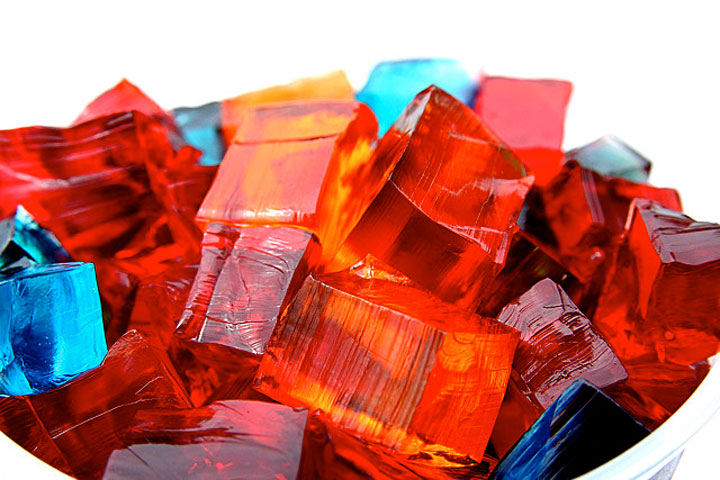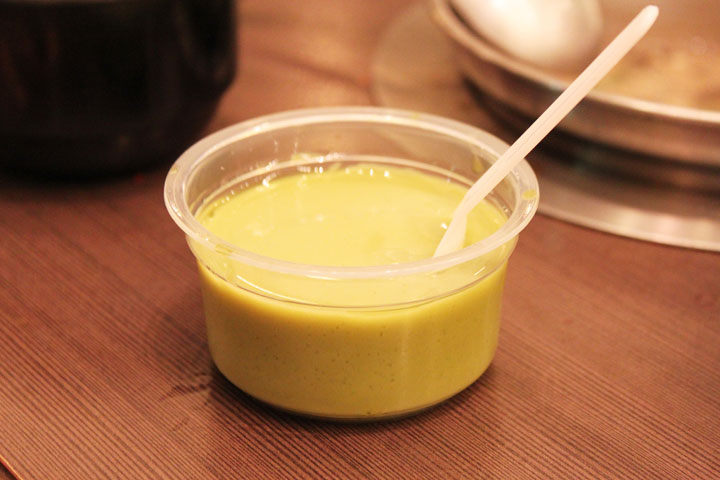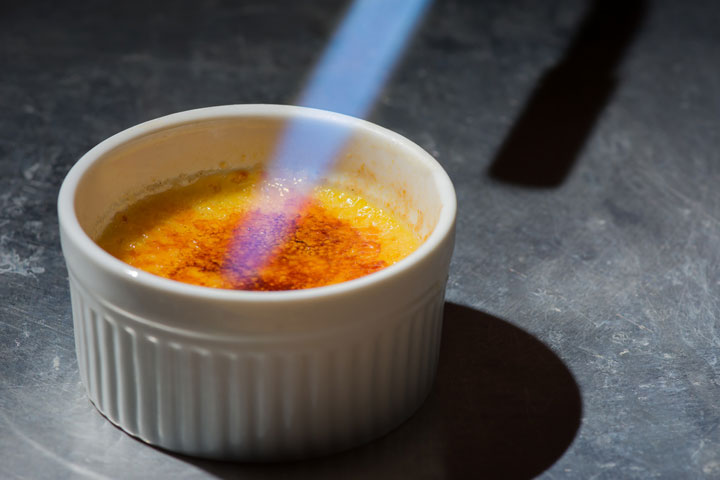Common Traditional Gels
The most commonly used hydrocolloid for gels is simple gelatin. Gelatin is made from the connective tissue of animals and comes in a variety of strengths. It can also be made from fish, but the strength of fish gelatin is usually weaker.

[image: Stephen Depolo]
Both flour and cornstarch, in addition to being commonly-used thickeners, also act as gelling agents. Even a simple pudding is a gel.

[image: Maya83]
All eggs are gels even in their uncooked form. Cook an egg and the gel solidifies into a thermoirreversible hard gel. Mix the eggs into other ingredients first and you can create a wide range of textures, such as in the case of creme brulee.

[image: Austin Matherne]
No post about gels would be complete without mention of the ubiquitous Asian standard, tofu. Tofu is made by coagulating soy milk (coagulation is a key component of gelification that we won't get into here). Soy beans are natural hydrocolloids and emulsifiers that gel when activated by a coagulant.

[image: Chloe Lim]





